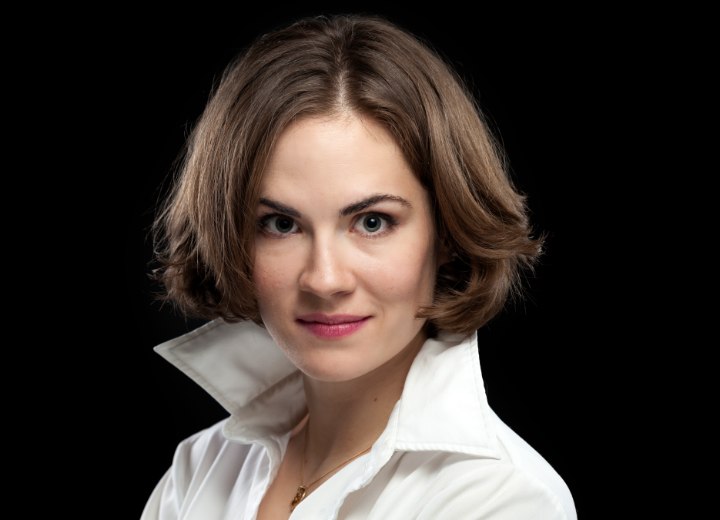The Benefits of Layers

A: Layered haircuts have become a cornerstone of modern hairstyling, and for good reason. When expertly crafted, layers can completely transform your appearance by enhancing your natural features while addressing common hair challenges.
For those with straight hair, layers offer a different but equally valuable benefit. When shorter sections are incorporated at the crown and top sections of your hair, these pieces can be styled with more lift and volume. This technique creates fullness that lasts longer throughout the day. Without layers, longer straight hair often falls flat due to its own weight, particularly at the roots. Those beautiful curls or waves you've spent time creating in the morning can quickly collapse by lunchtime when your hair is all one length.
Layering is also a powerful tool for face-framing and enhancing your unique facial structure. A skilled stylist can customize layers to complement your specific face shape: adding volume at the sides to soften a narrow face, creating height at the crown to elongate a round face, or using face-framing layers to highlight your best features. These strategic cuts can visually adjust face proportions to create that coveted oval appearance that tends to be flattering.
Beyond aesthetics, layered hair often feels lighter and moves more naturally. It can be easier to style and maintain, as the reduced weight allows for more bounce and flexibility. Many people find that their hair requires less product and styling time after introducing appropriate layers.

The key to successful layering lies in personalization. A consultation with an experienced stylist who understands your hair texture, growth patterns, lifestyle needs, and facial features will help determine the perfect layering technique for you. Together, you can create a customized look that enhances your natural beauty while addressing your specific concerns.
Different types of layer - long, short, face-framing, or internal - each serve different purposes, and the right combination for you depends on your unique characteristics and styling goals. When done correctly, layered hair can transform not just your appearance but also your relationship with your hair, making it more manageable and aligned with your personal style.
©Hairfinder.com
See also:
How to layer long hair
Is getting hair cut in layers making a come back?
What is the best way to grow my layers out?
What is the difference between a beveled and a layered haircut?